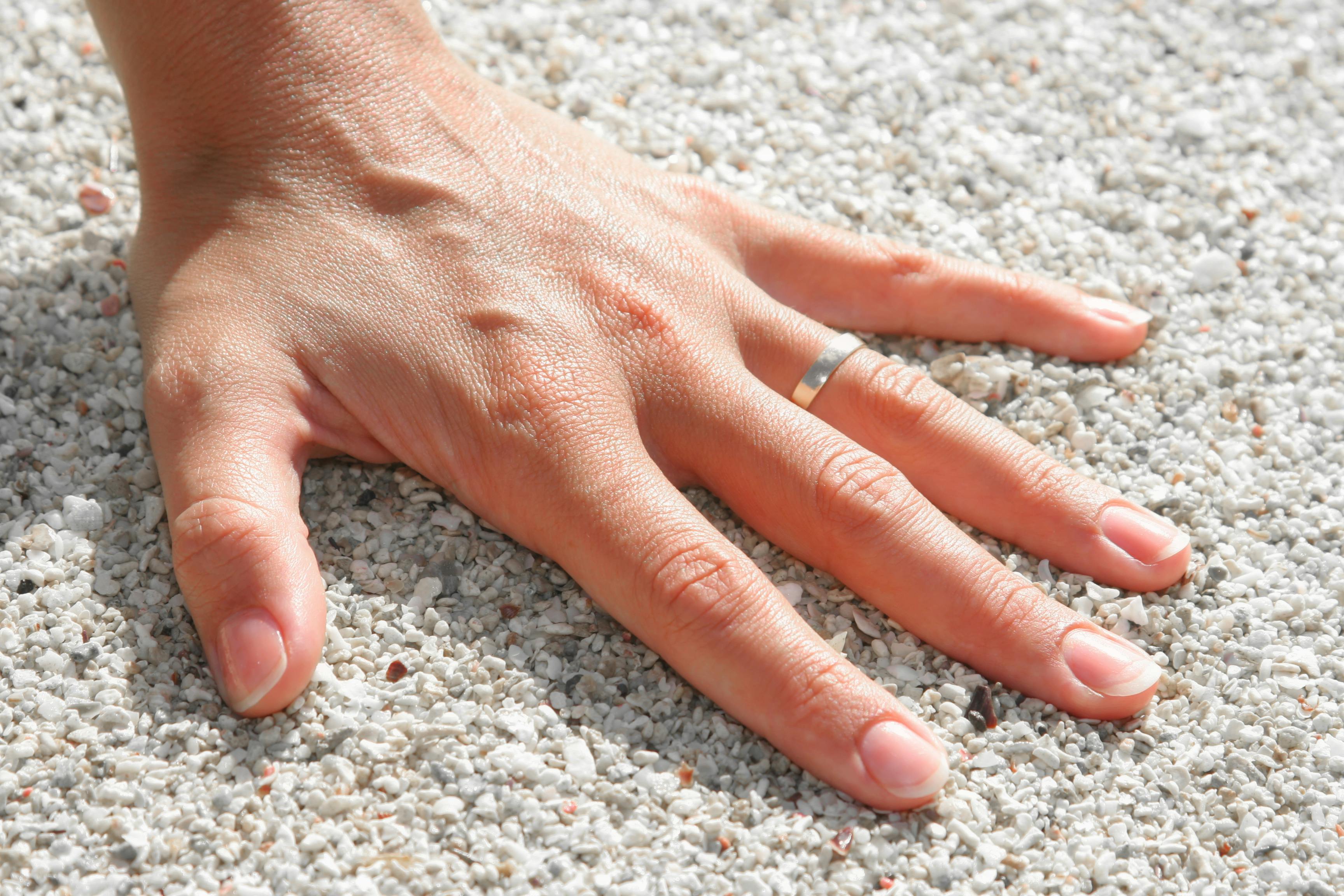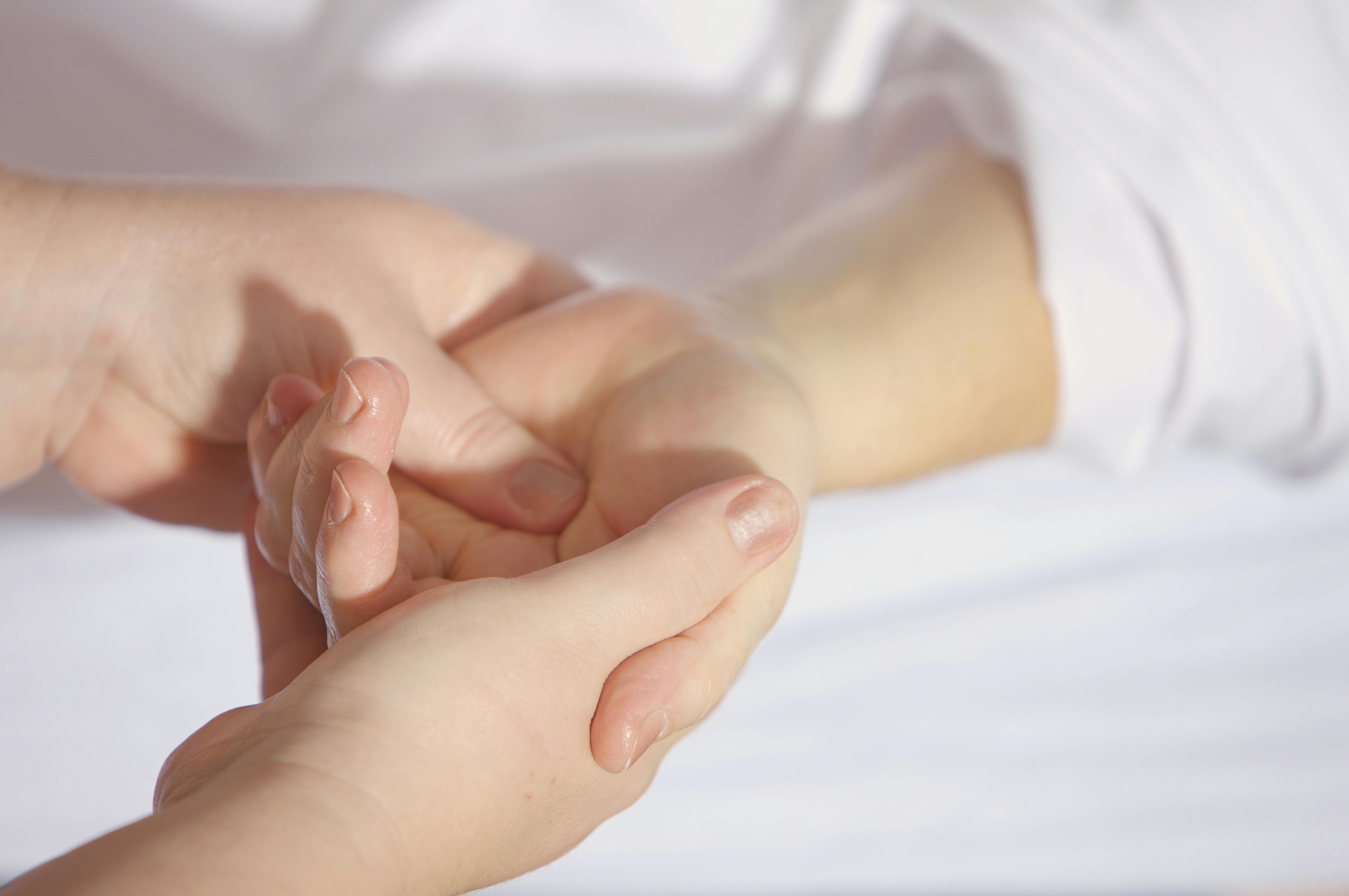Weird Ways Your Body Might React To Hypoparathyroidism
3. Brittle Nails

Brittle nails are not an uncommon symptom seen in an individual with nutritional deficiencies including that of calcium. Hypoparathyroidism results in low blood calcium, which causes the nails to become weaker and grow slower than they should. The protein and keratinous makeup of human nails are very similar to the protein and keratin arrangement in human bone. So, just as the bones become weakened when there are low calcium levels in an individual's body, the nails experience the same phenomenon. The mineral density in an individual's nails is congruent to the mineral density found in their bones. The only bone related indication of hypercalcemia that can be seen with the naked eye is a sudden break or fracture of a bone from a minimal amount of trauma. However, since the nails are on the outside of the body, it is easier to observe when they begin to progressively deteriorate and become weak. Often times, ridges will appear on the nails, they will split or break easily during everyday activity, new nail growth will be minimal, and they will appear unusually thin as a result of low calcium levels precipitated from hypoparathyroidism.
4. Coarse And Dry Skin

Some patients who have hypoparathyroidism will experience coarse and dry skin. Changes in the skin are common in affected individuals because of low calcium. Hypocalcemia causes interference with keratin and other proteins in the bones, nails, and skin. Dry skin is characterized as skin that does not retain moisture properly, and coarse skin is characterized by thickened, hardened, and stiff skin. Low calcium levels make the skin extremely vulnerable to external environmental factors. Factors such as allergens, slight temperature changes, minor friction, contact with certain materials, and other factors can cause widespread irritation of an affected individual's skin. Inflammation occurs when the immune system responds to mediate irritants affecting the weakened skin. Atopic eczema, often seen in hypoparathyroidism patients, is a manifestation of an overactive immune response that causes dryness of the skin. Exfoliative dermatitis is another prevalent skin condition in affected individuals where immune-triggered inflammation of the skin causes it to become cracked, red, and scaly.
